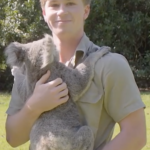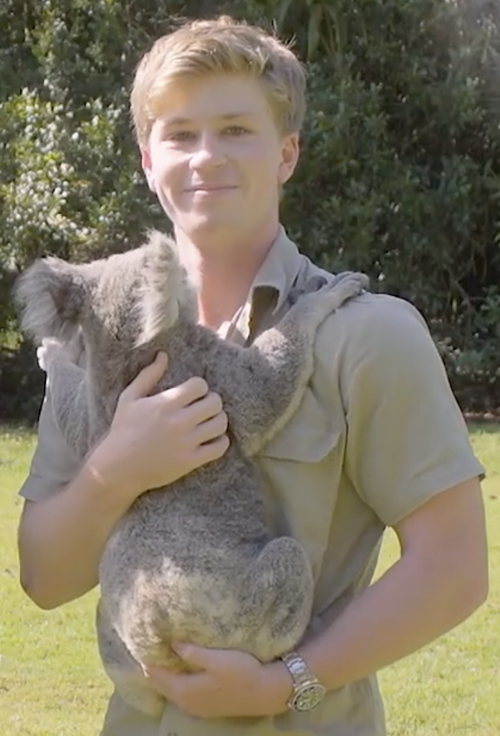The natural world is a tapestry of interwoven lives, and among its most vibrant threads are the birds that fill our skies, fields, and forests. However, a recent report by a coalition of science and conservation organizations paints a worrisome picture: many US bird species have reached a population “tipping point,” with roughly one in three requiring urgent conservation attention. This unprecedented decline signals deeper environmental challenges that not only affect our feathered friends but also the broader ecosystems on which we all depend.
Alarming Numbers from a Comprehensive Study
The report analyzed 718 bird species across the country using extensive data sources, including the Cornell Lab of Ornithology’s eBird Status and Trends project, the US Geological Survey’s Breeding Bird Survey, and avian counts from the National Audubon Society. Of these species, 112 have been identified as having reached a critical tipping point—losing more than 50% of their populations in the past half-century. Such dramatic declines reveal that the crisis is not confined to a few rare species; rather, it extends to many birds once thought to be abundant and common.
The study further classifies these species into three alert categories:
- Yellow Alert: 33 species show long-term population losses yet have maintained relatively stable numbers in recent years.
- Orange Alert: 37 species are experiencing accelerating declines, with losses becoming more pronounced over the past decade.
- Red Alert: 42 species have reached dangerously low numbers with precipitous downward trends.
Amanda Rodewald, faculty director of the Cornell Lab of Ornithology’s Center for Avian Population Studies, emphasized that even species traditionally seen as secure are now in urgent need of conservation measures. This categorization serves as a stark reminder of the scale and urgency of the challenges faced by American birds.
Identifying the Root Causes
The decline in bird populations can largely be attributed to several intertwined factors. Habitat loss is perhaps the most significant contributor. As natural landscapes are converted into urban centers, agricultural land, or other human-dominated environments, birds lose the critical spaces they rely on for feeding, breeding, and shelter. The loss of wetlands, grasslands, and forests has a direct and devastating impact on species that depend on these ecosystems.
Climate change further complicates the picture. Altered weather patterns, rising temperatures, and extreme climatic events are not only reducing the availability of food and nesting sites but are also disrupting migratory routes. These changes can lead to mismatches between the timing of migration and the peak availability of resources, leaving birds vulnerable during critical life stages.
Other contributing factors include invasive species and pollution. In many areas, birds are facing new predators and competitors introduced by human activity, while chemical pollutants and plastic waste degrade their habitats. Additionally, collisions with man-made structures such as wind turbine blades and buildings have been increasingly documented, resulting in significant bird mortality. Together, these challenges create a perfect storm that threatens the survival of many species.
Unexpected Trends: Declines Among Once-Successful Species
One of the more unexpected findings of the report is the decline in duck populations. Historically considered a conservation success story, duck numbers have started trending downward in recent years despite still being above the levels recorded in 1970. This decline suggests that even populations that once rebounded can be susceptible to the cumulative pressures of environmental change and human activity.
Conversely, some water birds such as herons and egrets show signs of recovery. These improvements offer a glimmer of hope amid the generally bleak trends, highlighting the complex and varied responses among different species to environmental pressures. Nevertheless, the overarching narrative remains one of decline. Common birds, including the chimney swift, wood thrush, grasshopper sparrow, eastern meadowlark, common grackle, barn swallow, blackpoll warbler, herring gull, and bobolink, are all experiencing worrisome population decreases that could have cascading effects on their ecosystems.

A Closer Look at the Red Alert Species
The “red alert” category is particularly concerning. This group includes 42 species that are facing critical population levels and rapid declines. Among them are iconic and lesser-known birds alike, such as the mottled duck, Allen’s hummingbird, and yellow-billed loon. Other species, like the red-faced cormorant, greater sage-grouse, and Florida scrub jay, have long been indicators of healthy ecosystems, and their decline is a troubling sign of broader environmental degradation.
More obscure yet ecologically important species—such as Baird’s sparrow, saltmarsh sparrow, and mountain plover—are also on this list. Even birds that many Americans might not recognize, like the Hawaiian petrel, Bicknell’s thrush, Cassia crossbill, pink-footed shearwater, tricolored blackbird, and golden-cheeked warbler, have reached critical levels. Many of these species are already under some form of protection under the US Endangered Species Act. However, as the report indicates, existing measures may not be sufficient without more aggressive and targeted conservation strategies.
Implications for Ecosystems and Biodiversity
Birds play a crucial role in maintaining the balance of natural ecosystems. They are not only beautiful and inspiring but also serve as pollinators, seed dispersers, and natural pest controllers. The decline in bird populations disrupts these ecological services, which can lead to a ripple effect impacting plant reproduction, insect population dynamics, and overall ecosystem resilience. The loss of bird species represents a significant loss of biodiversity—a loss that affects the health of the environment and the quality of life for communities that depend on these natural resources.
Michael Parr, president of the American Bird Conservancy, remarked that the diminishing numbers of bird species constitute a significant biodiversity loss. He underscored that the consequences of these declines extend beyond environmental concerns to affect local economies and community well-being. Birdwatching and ecotourism, for instance, are important economic activities in many regions, and their decline could have substantial social and economic repercussions.
A Call for Renewed Conservation Efforts
In the face of these daunting challenges, conservationists remain determined to reverse the downward trend in bird populations. Marshall Johnson, the National Audubon Society’s chief conservation officer, pointed to the recovery of the bald eagle as a shining example of what can be achieved through coordinated conservation efforts. Johnson stressed that proactive measures are not only necessary to protect birds but are also critical for maintaining the health of our entire environment.
Efforts to safeguard bird populations must focus on restoring and preserving natural habitats, reducing pollution, and mitigating the impacts of climate change. Community engagement and public awareness campaigns are vital in driving the policy changes needed to ensure a sustainable future for America’s birds. Local, state, and federal agencies must work together with conservation organizations to develop and implement robust strategies that address the underlying causes of population declines.
Charting a Path Forward
The report’s findings are a clarion call to action. With approximately one in three bird species in need of urgent conservation attention, there is an undeniable need to prioritize the health of avian populations. The decline in bird numbers is not just an environmental issue—it is a symptom of broader ecological imbalances that, if left unaddressed, could have severe repercussions for all life on Earth.
Looking ahead, the key to reversing these trends lies in a comprehensive approach that incorporates science, policy, and community involvement. Investment in research to better understand the drivers of population decline is essential. Likewise, implementing evidence-based conservation practices, such as habitat restoration and sustainable land management, can create a safer, more resilient environment for birds.
In addition, public participation in citizen science projects like eBird can help gather the critical data needed to track population changes and identify emerging threats. Every bird sighting contributes to a larger picture of our nation’s biodiversity, underscoring the role that individuals play in conservation efforts.
Conclusion: Embracing the Challenge
The stark reality presented by the recent report demands immediate and sustained action. As the United States grapples with the challenges posed by habitat loss, climate change, and other environmental pressures, the fate of its birds hangs in the balance. Yet, within this crisis lies an opportunity—a chance to reexamine our relationship with nature and to rebuild the systems that support life.
The ongoing decline of US bird populations is a powerful reminder that conservation is not an optional luxury but an essential part of our collective future. By acting now, we can protect not only the birds that share our skies but also the broader ecosystems that underpin our very existence. The time to act is now, and the success stories of the past, like the recovery of the bald eagle, provide hope that with determination, collaboration, and innovative conservation strategies, we can secure a brighter future for all.










